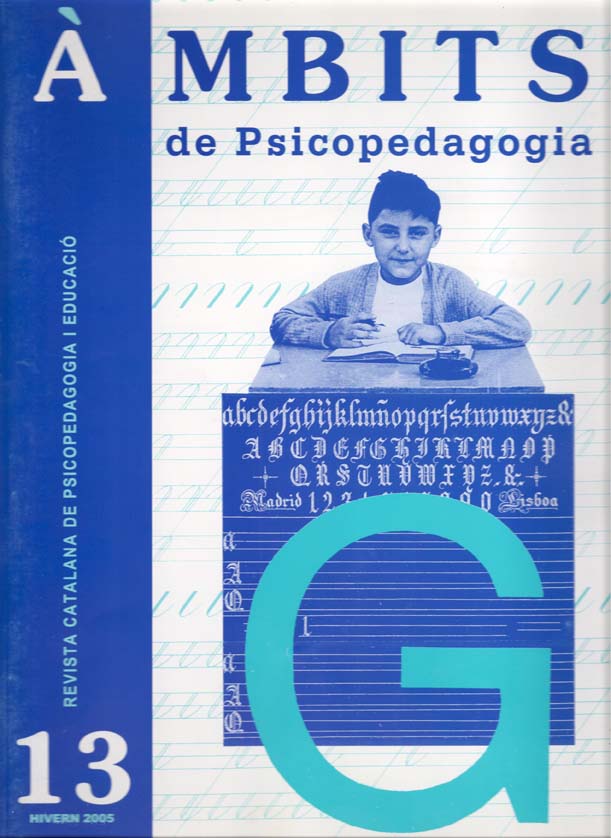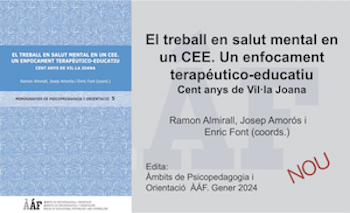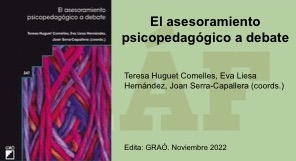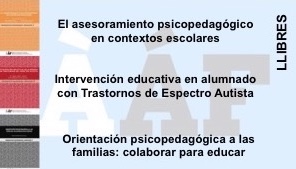Attention Deficit/Hyperactivity Disorder (ADHD)
Abstract
The attention deficit/hyperactivity disorder is the most studied/reviewed topic who concerns at the same time the pedagogic, medical, psychological, psychiatric and neuropediatric communities. It is one of the most frequent disorders (about 5% it depends of the series) causing learning disabilities and poor school performance-achievement. Although, we need to learn more in deep about this subject.
This article try to do a resumed update of ADHD concerning about the symptoms, the differential diagnosis and final diagnosis, neurobiological basis, co morbid associated diseases and actual treatment.
References
CHRISTAKIS, D.A. et al. (2004): “Early Televisions Exposure and Subsequent Attentional Problems in Children”. Pediatrics. Vol. 113, nº 4, pp 708-713.
GREYDANUS, D.E. (2003): Behavioral Pediatrics, Part II. The Pediatric Clinics of North America.
KAHN R.S. et al. (2003): “Role of Dopamine Transporter Genotype and maternal prenatal smoking in childhood hyperactive-impulsive, inattentive, and oppositional behaviors”. The Journal of Pediatrics. July 2003, pp. 104-110.
KIRBY, K. et al. (2002): “Attention-deficit/hyperactive disorder: a therapeutic update”. Current Opinion in Pediatrics , nº 14, pp. 236-246.
KONOFAL, E. Et al. (2004): “Low iron stores may contribute to ADHD”. Arch. Pediatr. Adolesc. Med. nº 158, pp. 1113-1115.
MEDIAVILLA-GARCIA, C (2003): “Neurobiologia del trastorno de hiperactividad”. Rev. Neurol. nº 36 (6), pp. 555-565.
MILLER, K.J.; CASTELLANOS, F.X. (1999): “Trastornos por déficit de atención/hiperactividad”. Pediatrics in review. Vol. 20, nº 3.
MORGAN, A.M. (1999): “Attention-Deficit/Hyperactivity Disorder”. The Pediatric Clinics of North America.
MTA COOPERATIVE GROUP (1999): “A 14-month randomizad clinical trial of treatment strategies for attention-deficit/hypractivity disorder”. Arch. Gen. Psychiatry, nº56, pp. 1073-1086.
MTA COOPERATIVE GROUP (2004): “National Indtitute of Mental Health Multimodal Treatment Study of ADHD Follow up: 24-month Outcomes of Treatment Srtategies for Attention Deficit/Hyperactivity Disorder”. Pediatrics, Vol. 113, nº. 4 , pp. 754-761.
MTA COOPERATIVE GROUP (2004): “National Institute of Mental Health Multimodal Treatment Study of ADHD Follow-up: Changes in effectiveness and Growth after the end of treatment”. Pediatrics, Vol.113, nº. 4, pp. 762-769.
RAPOPORT, J. L.; ISMOND, D.R.: “DSM-IV Training Guide for Diagnosis of Childhood Disorders”. Chapter 10.
SOWELL, E.R. et al. (2003): “Cortical abnormalities in children and adolescents with attention-deficit hyperactivity disorder”. The Lancet Vol. 362. November 22, 2003.
ZAMETKIN, A.J.; ERNST, M. (1999): ”Problems in the Manegement of Attention-Deficit-Hyperactivity Disorder”. The New England Journal of Medicine, Vol.340.
Downloads
Published
Issue
Section
License
The authors maintain their copyright and give the right to the first publication of the work to the journal, registered under a Creative Commons Attribution-Non Commercial-NoDerivs license. This license allows others to download the works and to share them with others as long as they credit the author, but it does not allow for any kind of modification or commercial use.















